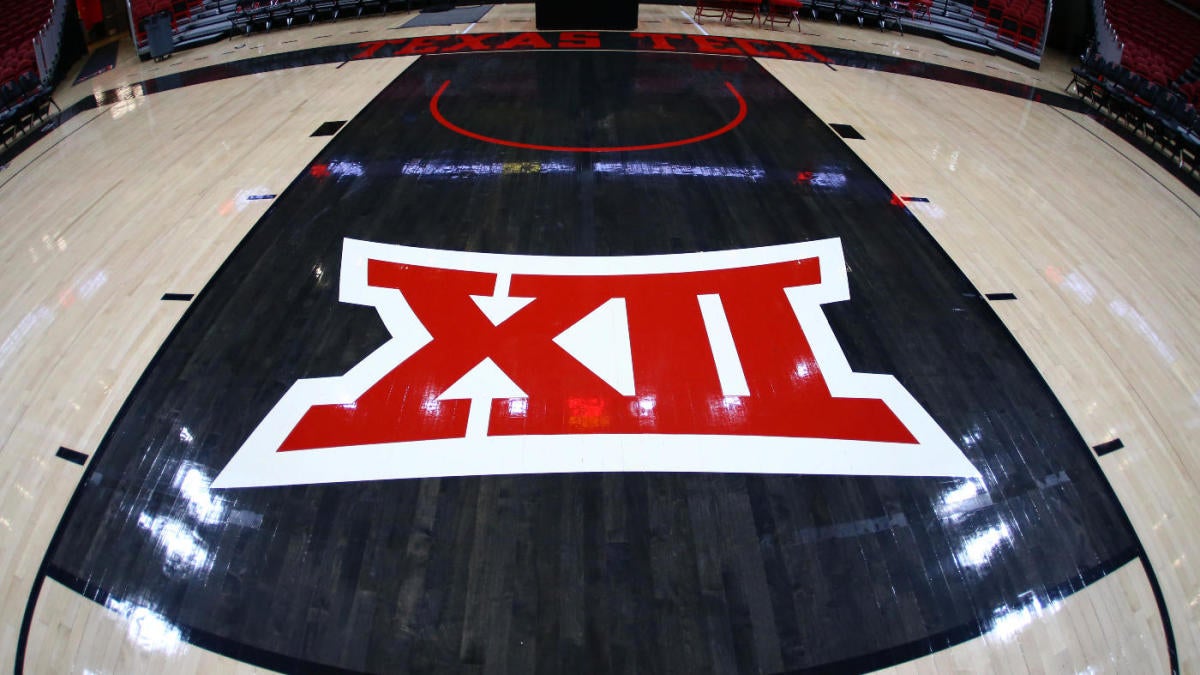BleedGopher
Well-known member
- Joined
- Nov 11, 2008
- Messages
- 63,641
- Reaction score
- 21,874
- Points
- 113
per Cobb:
How much does NCAA Tournament success matter in evaluating the pecking order of college basketball conferences? It's a question that must be pondered when ranking the performance of the sport's power six conferences from the 2022-23 season. Unlike in the 2021-22 campaign when the Big 12 ranked as our No. 1 conference after producing the national champion following a great regular season, things aren't so clear this time around.
The Big 12 enjoyed another excellent regular season but did not send a team to the 2023 Final Four. Also complicating the conference hierarchy are the contradictions of the Big Ten and the Big East. The Big Ten performed well in head-to-head matchups with the Big East, sent a larger percentage of its teams to the Big Dance and ranked 23.5 spots higher in average NET ranking at season's end.
However, a Big East team hoisted the national championship trophy on April 3 while the Big Ten's beefy NCAA Tournament contingent watched from home following yet another disappointing postseason performance for the conference. Elsewhere around the country, the SEC dropped one spot from last season while the ACC and Pac-12 continued bringing up the rear.
In our annual conference power rankings, we've combined a number of factors, incorporating the regular season, NCAA Tournament and overall talent to take a full snapshot of the conference landscape in college basketball from the 2022-23 season.
BY THE NUMBERS
BY THE NUMBERS

 www.cbssports.com
www.cbssports.com
Go Gophers!!
How much does NCAA Tournament success matter in evaluating the pecking order of college basketball conferences? It's a question that must be pondered when ranking the performance of the sport's power six conferences from the 2022-23 season. Unlike in the 2021-22 campaign when the Big 12 ranked as our No. 1 conference after producing the national champion following a great regular season, things aren't so clear this time around.
The Big 12 enjoyed another excellent regular season but did not send a team to the 2023 Final Four. Also complicating the conference hierarchy are the contradictions of the Big Ten and the Big East. The Big Ten performed well in head-to-head matchups with the Big East, sent a larger percentage of its teams to the Big Dance and ranked 23.5 spots higher in average NET ranking at season's end.
However, a Big East team hoisted the national championship trophy on April 3 while the Big Ten's beefy NCAA Tournament contingent watched from home following yet another disappointing postseason performance for the conference. Elsewhere around the country, the SEC dropped one spot from last season while the ACC and Pac-12 continued bringing up the rear.
In our annual conference power rankings, we've combined a number of factors, incorporating the regular season, NCAA Tournament and overall talent to take a full snapshot of the conference landscape in college basketball from the 2022-23 season.
1. Big 12
This season snapped the Big 12's streak of four straight NCAA Tournaments with a team in the Final Four, but the league had two Elite Eight teams in Kansas State and Texas. Their runs were enough to make it a respectable postseason for the conference after it clearly stood out above the pack during the regular season. With no truly abysmal teams — Oklahoma was the league's worst-ranked team in the NET at No. 70 — the Big 12 became a self-sufficient cycle of Quad 1 and Quad 2 games for its members during the 2022-23 season. With BYU, Cincinnati, Houston and UCF joining the conference next season, the calculus could change. But each of those four were top-100 teams in the NET while playing in weaker leagues this past season, and adding the Cougars gives the Big 12 another national power.BY THE NUMBERS
- 1st in NCAA Tournament bid percentage: 7 of 10 (70%)
- 3rd in NCAA Tournament record: 9-7 (56.3%)
- 1st in top 50 NBA Draft prospects per team: .60 (six total)
- 1st in average NET ranking: 30.2 (33.2 last year)
- 1 in average NET ranking excluding bottom two teams: 21.3 (23.8 last year)
2. Big Ten
If NCAA Tournament victories are the sole barometer of success, the Big Ten does not belong at No. 2. However, the conference put together another strong season on the whole, with its average NET ranking improving thanks to some strides from the league's bottom. Only Minnesota at No. 222 finished outside the top 100 of the NET. Even an Ohio State team that finished 16-19 finished at No. 49 in the NET. Why? Because the Buckeyes beat Cincinnati, Texas Tech and Rutgers during non-league play. Their only non conference losses came against San Diego State, Duke and North Carolina. Casual fans may not be paying attention yet, but November and December matter in college basketball. The Big Ten performed well early, and it boosted the league's metrics. A few examples that may seem surprising in retrospect given how the rest of the season played out: Purdue over Marquette (Nov. 15), Indiana over Xavier (Nov. 18), Illinois over UCLA (Nov. 18), Maryland over Miami (Nov. 20) and Wisconsin over Marquette (Dec. 3).BY THE NUMBERS
- T-2 in NCAA Tournament bid percentage: 8 of 14 (57.1%)
- 5th in NCAA Tournament record: 6-8 (42.9%)
- T-2 in top 50 NBA Draft prospects per team: .57 (eight total)
- 2nd in average NET ranking: 54.1 (57.2 last year)
- 2nd in average NET ranking excluding bottom two teams: 39.3 (45.6 last year)

College basketball conference power rankings 2023: Big 12 still No. 1, but Big Ten not far behind
Here is the final breakdown of which college basketball conference was best in the 2022-23 season
Go Gophers!!
